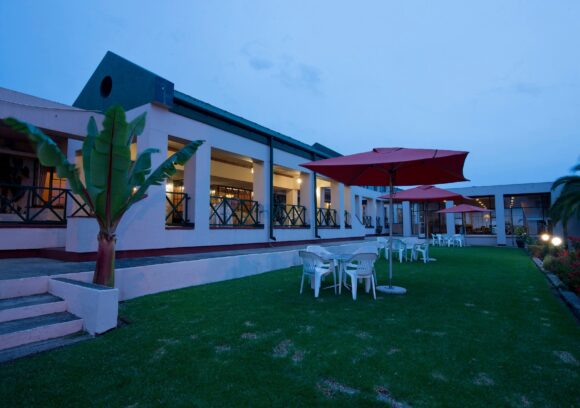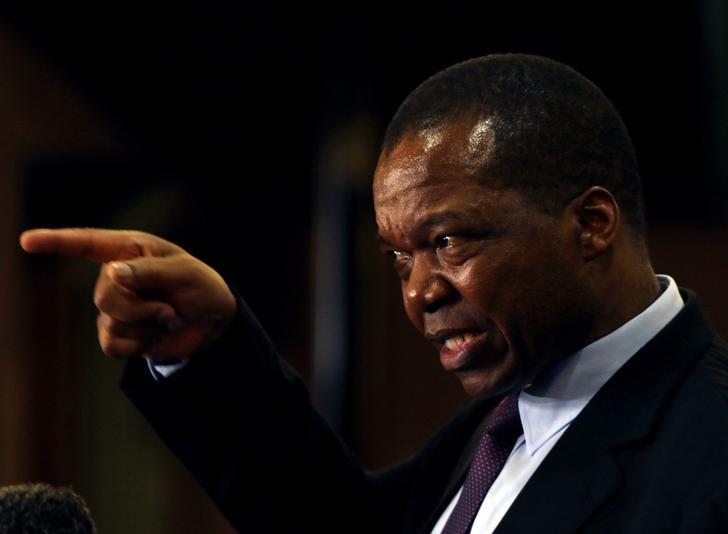‘Zimbabwe exports up 34,7pc, trade deficit narrows’
ZIMBABWE’S exports grew by 34,7 percent to US$671,3 million last month from US$498,5 million recorded in October, official statistics show.
In line with the National Export Strategy, which was launched in 2019, Zimbabwe has set a target of reaping US$6,26 billion in exports of goods and US$651 million from services each year.
According to ZimStat, the country is on a positive export trajectory having recorded a 31 percent growth during the first half of the year to US$3,3 billion compared to US$2,52 billion recorded during the same period in 2021.
In his mid-term monetary policy statement, Reserve Bank of Zimbabwe Governor, Dr John Mangudya, indicated that the country’s exports were projected to close the year at US$7,35 billion, which will be above the 2023 target set in the National Export Strategy.
The half-year export record of US$3,3 billion shows that the country has attained just above 50 percent of the target and projections are that it will meet the end-of-year target.
“The total value of exports in November 2022 was US$671,3 million representing a 34,7 percent increase from US$498,5 million reported in October 2022,” said ZimStat.“In November the main exports by broad economic category were industrial supplies with (93,9 percent), followed by fuels and lubricants with (2,4 percent).”
The jump in export earnings follows Government’s spirited re-engagement drive undertaken by President Mnangagwa.
While exports continue to grow, ZimStats said the value of imports also went up by 5,2 percent to US$797,9 million in November 2022 from US$758,8 million reported in October.
“In November 2022, main imports by broad economic category were industrial imports (31,3 percent) followed by capital goods excluding transport equipment (26,6 percent),” said ZimStat. “The trade deficit for November 2022 was US$126,7 million. This represents a decrease of 51,3 percent from a deficit of US$260,3 million recorded in October 2022.”
Trade deficit refers to the amount by which the cost of a country’s imports exceeds the value of its exports.
President Mnangagwa
As the country moves towards the attainment of Vision 2030 of becoming an upper middle-income economy, the Government continues to encourage value addition and beneficiation so that the country exports finished goods, which helps create more employment for locals.
This has seen the Government introducing different policies, which include the ban on the export of raw lithium ore and lithium salts, as well as the introduction of a value addition. —chronicle.cl.zw










